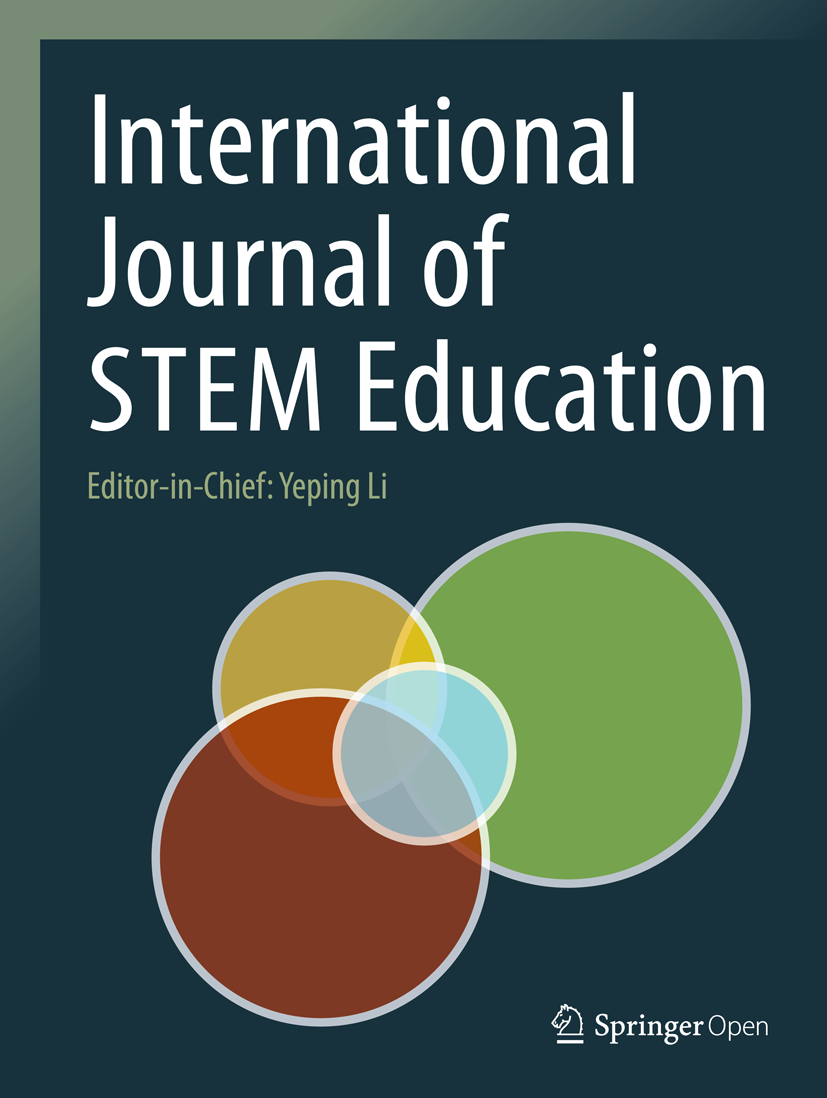Using intensive longitudinal methods to quantify the sources of variability for situational engagement in science learning environments
IF 8
1区 教育学
Q1 EDUCATION & EDUCATIONAL RESEARCH
引用次数: 0
Abstract
Situational engagement in science is often described as context-sensitive and varying over time due to the impact of situational factors. But this type of engagement is often studied using data that are collected and analyzed in ways that do not readily permit an understanding of the situational nature of engagement. The purpose of this study is to understand—and quantify—the sources of variability for learners’ situational engagement in science, to better set the stage for future work that measures situational factors and accounts for these factors in models. We examined how learners' situational cognitive, behavioral, and affective engagement varies at the situational, individual learner, and classroom levels in three science learning environments (classrooms and an out-of-school program). Through the analysis of 12,244 self-reports of engagement collected using intensive longitudinal methods from 1173 youths, we found that the greatest source of variation in situational engagement was attributable to individual learners, with less being attributable to—in order—situational and classroom sources. Cognitive engagement varied relatively more between individuals, and affective engagement varied more between situations. Given the observed variability of situational engagement across learners and contexts, it is vital for studies targeting dynamic psychological and social constructs in science learning settings to appropriately account for situational fluctuations when collecting and analyzing data.使用密集的纵向方法量化科学学习环境中情境参与的可变性来源
科学中的情境参与通常被描述为情境敏感的,并且由于情境因素的影响而随时间变化。但这种类型的参与通常是通过收集和分析数据来研究的,这些数据的收集和分析方式并不容易让人理解参与的情境本质。本研究的目的是理解和量化学习者情境参与科学的可变性来源,以便更好地为未来测量情境因素和在模型中解释这些因素的工作奠定基础。我们研究了在三种科学学习环境(课堂和校外项目)中,学习者的情境认知、行为和情感投入在情境、个体学习者和课堂水平上的变化。通过对1173名青少年使用密集纵向方法收集的12,244份参与自我报告的分析,我们发现情景投入的最大变化来源可归因于学习者个人,而较少归因于情境和课堂来源。认知投入在个体之间差异较大,情感投入在不同情境之间差异较大。鉴于在学习者和语境中观察到的情境参与的可变性,在收集和分析数据时,针对科学学习环境中动态心理和社会结构的研究,适当地考虑情境波动是至关重要的。
本文章由计算机程序翻译,如有差异,请以英文原文为准。
求助全文
约1分钟内获得全文
求助全文
来源期刊

International Journal of Stem Education
Social Sciences-Education
CiteScore
12.40
自引率
11.90%
发文量
68
审稿时长
13 weeks
期刊介绍:
The International Journal of STEM Education is a multidisciplinary journal in subject-content education that focuses on the study of teaching and learning in science, technology, engineering, and mathematics (STEM). It is being established as a brand new, forward looking journal in the field of education. As a peer-reviewed journal, it is positioned to promote research and educational development in the rapidly evolving field of STEM education around the world.
 求助内容:
求助内容: 应助结果提醒方式:
应助结果提醒方式:


